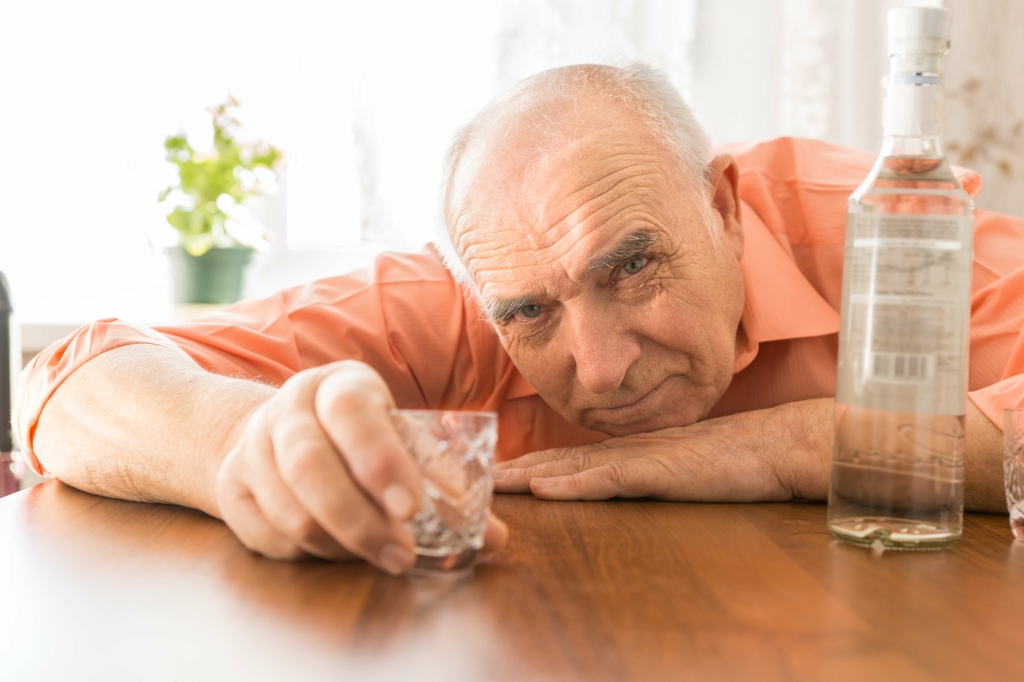Since withdrawal symptoms tend to ebb and flow, you may be tempted to feel like you’re not making progress ― even though in reality, you’ve come a long way. While the abstinence stage of withdrawal causes mostly physical symptoms, post-acute withdrawal is very psychological and emotional. In fact, drinking caffeine (whether in coffee or energy drinks) can sometimes be dangerous because it tricks people into thinking they’re sober. As a result, they may accidentally injure themselves or put themselves and others at risk by driving drunk. Try having a glass of water, soda, or juice in between alcoholic drinks. Spacing out your drinks allows your liver time to break down the alcohol.
- Being able to recognize the signs of alcohol abuse is crucial in identifying and addressing the issue.
- The important thing is to remain engaged in whatever method you choose.
Physical Benefits of Quitting Alcohol
It may also be helpful to determine whether the treatment will be adapted to meet changing needs as they arise. Ultimately, there is no one-size-fits-all solution, and what may work for one person may not be a good fit for someone else. Simply understanding the what is alcoholism different options can be an important first step.
Blood Alcohol Concentration (BAC)
Some nagging symptoms might linger, but the benefits far outweigh the negative after nine days. “The recent nine months’ sobriety has done great good for my body. That said, I hope never to forget how much damage I felt in four days of drink.” “Anxiety, dizzy, no sleep, exhausted. Does anyone ever feel like an electric current sometimes runs through your body? But it’s getting better every day.” “Feeling better. Best night’s sleep in some time. Weird dreams but not too nasty and scary. Feel a little weak, but I did avoid food for about four days. Very reflective still.”
- Millions of adults in the United States have alcohol use disorder (AUD), and approximately 1 in 10 children live in a home with a parent who has AUD.
- As a result, the brain is working twice as hard to operate at the same level it has been without alcohol.
Join others on the road to recovery
The Substance Abuse and Mental Health Services Administration (SAMHSA) defines heavy alcohol use as binge drinking on five or more days in the past month. Alcohol use disorder (formerly known as alcoholism) is a form of substance use disorder. Changes in the brain make it difficult to reduce or stop alcohol use, but treatment can help.
If you’re having difficulty sticking to your goal or just want some extra guidance, consider reaching out for professional support. Consider writing them down and keeping notes on hand, so you have a physical reminder to look at when you need it to help motivate you to stay the course. For some people, it can be helpful to wear something like a bracelet to always have a reminder on hand when you need it. You might run into obstacles along the way that tempt you to drink.
- These facilities provide 24-hour care as you detox from alcohol.
- The only thing that lowers the concentration of alcohol in your bloodstream is time.
- As an example, a standard drink size is 12 ounces of beer, 4 ounces of wine, or 1-1/4 ounces of 80-proof distilled spirits.
- It may also be helpful to determine whether the treatment will be adapted to meet changing needs as they arise.
- It’s typically someone who exhibits the drinking patterns of an alcoholic, but they can still recognize the consequences of their actions.
Lower risk of liver disease and insulin resistance
Daybreak, an Australian-based company, created an app to help you set a goal for your relationship with alcohol and provide resources on quitting or reducing your intake. Members are there to support one another, but LifeRing trusts each person to develop their own path to recovery. By developing self-determination and trusting your Sober Self, says LifeRing, you can determine your future and how to get to your goal.
Steps to Achieving Sobriety
While use of a substance may be voluntary at first, substance use disorder can impair a person’s judgment, decision making, memory, and behavior control over time. The Bratt System was a system that was used in Sweden (1919–1955) and similarly in Finland (1944–1970) to control alcohol consumption, by rationing of liquor. When a certain amount of alcohol had been bought, the owner of the booklet had to wait until next month to buy more. During the recovery stage, it’s not uncommon to feel temporarily worse. For some people, AUD has hurt their relationships, careers, health, finances, self-esteem, and other aspects of their lives.
The 3 Stages of the Addiction Cycle
An intervention from loved ones can help some people recognize and accept that they need professional help. If you’re concerned about someone who drinks too much, ask a professional experienced in alcohol treatment for advice on how to approach that person. Alcohol use disorder is a pattern of alcohol use that involves problems controlling your drinking, being preoccupied with alcohol or continuing to use alcohol even when it causes problems. This disorder also involves sober alcoholic having to drink more to get the same effect or having withdrawal symptoms when you rapidly decrease or stop drinking. Alcohol use disorder includes a level of drinking that’s sometimes called alcoholism.

If you have severe AUD, a rehabilitation center can provide around-the-clock care and medical attention. Once you’re on the path to recovery, an online support group can help you garner a support system. Much like mental health forums, online sobriety support groups can supply accessible and stigma-free aid. People may find comfort knowing they’re partaking in programs developed by experts and surrounded by people who have lived in their shoes.
Understanding the available treatment options—from behavioral therapies and medications to mutual-support groups—is the first step. The important thing is to remain engaged in whatever method you choose. Remember that changing long-standing patterns is hard, takes time, and requires repeated efforts. We usually experience setbacks along the way, learn from them, and then keep going. Given the diverse biological processes that contribute to AUD, new medications are needed to provide a broader spectrum of treatment options.

This protracted withdrawal can lead to lingering withdrawal symptoms such as irritability, sleep disruptions, problems concentrating, and urges to use alcohol. If you experience PAWS, your doctor may prescribe gabapentin to help you manage your symptoms. Going into the second day of abstinence from alcohol, people typically report a wide variety of experiences.




